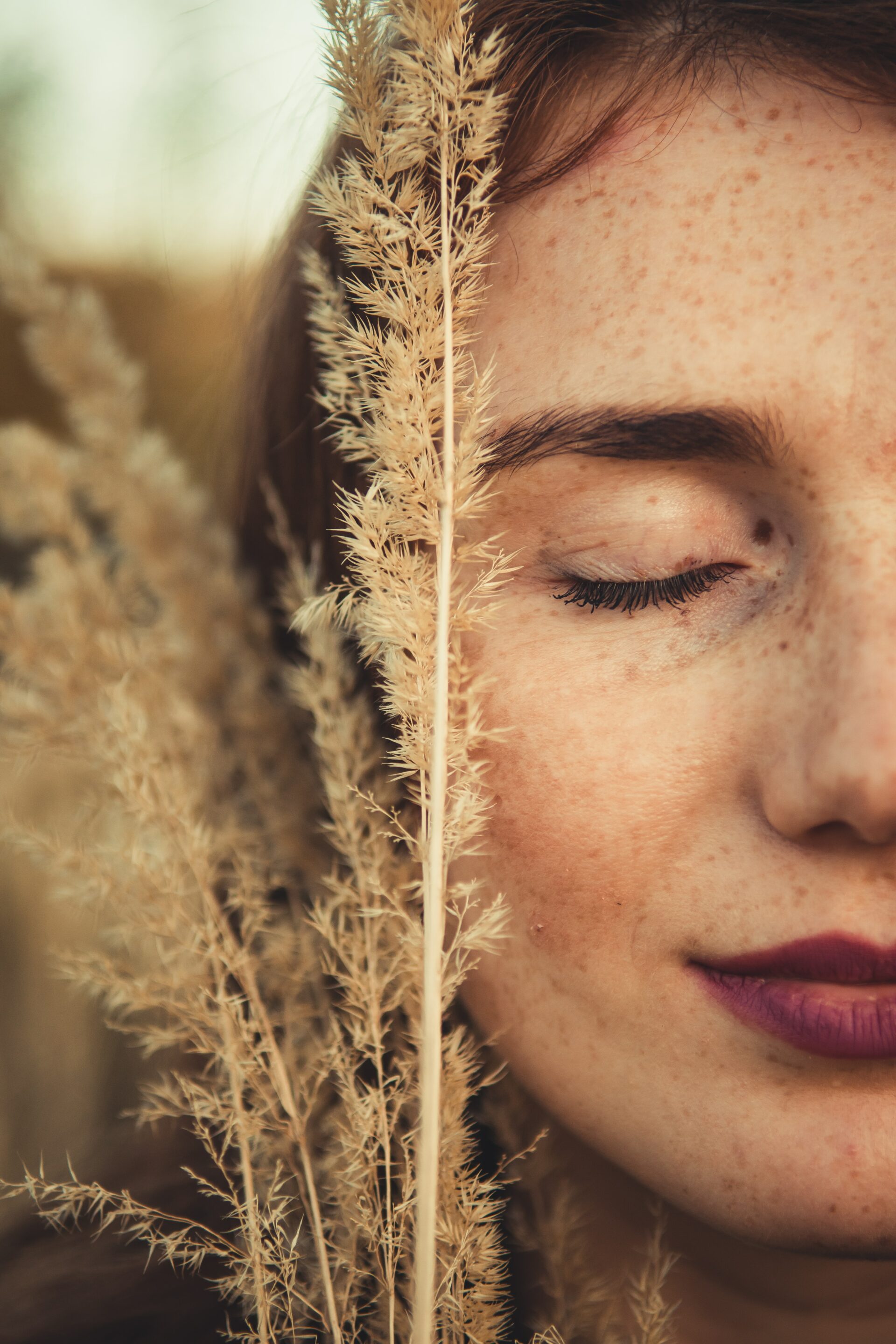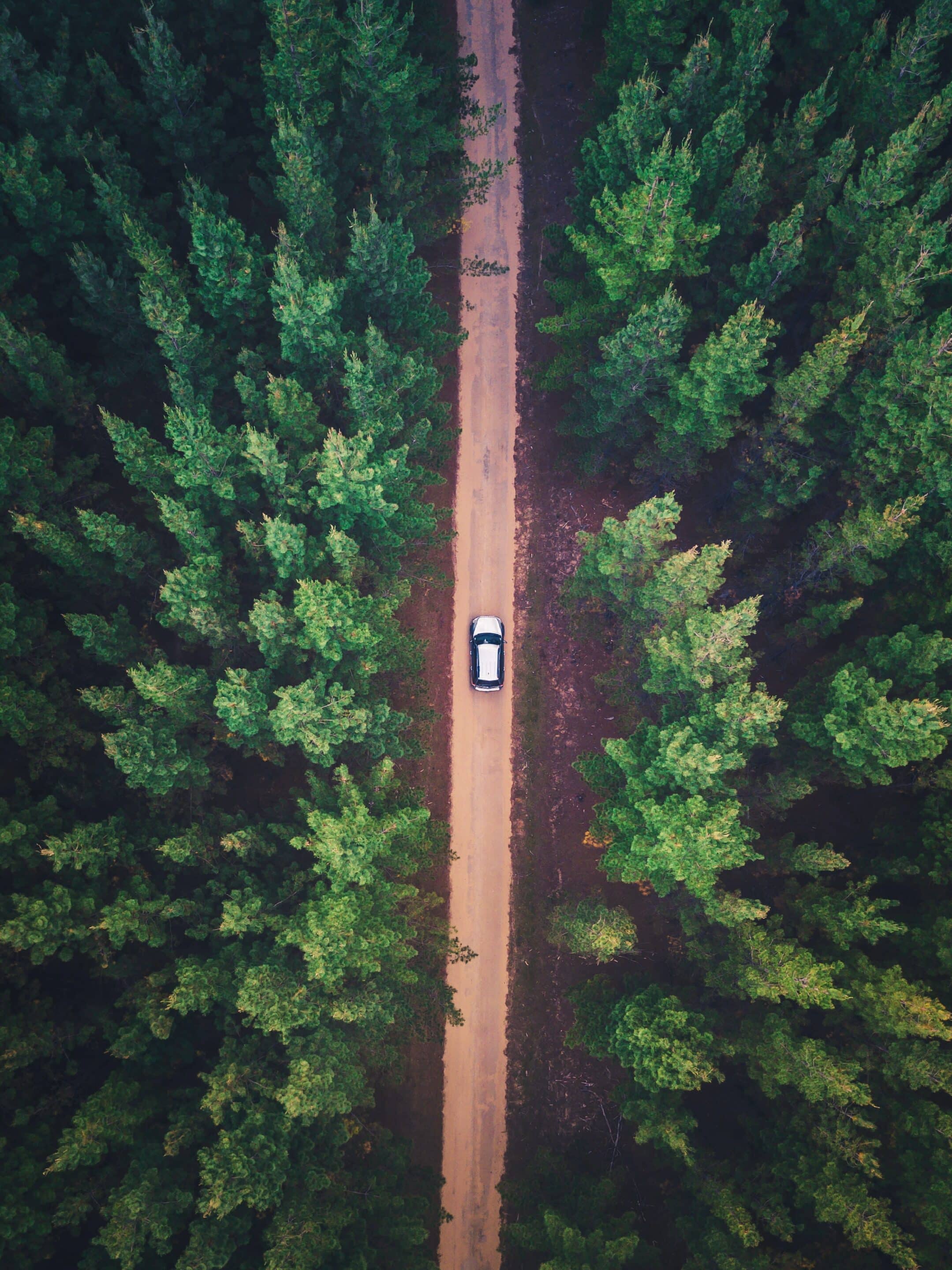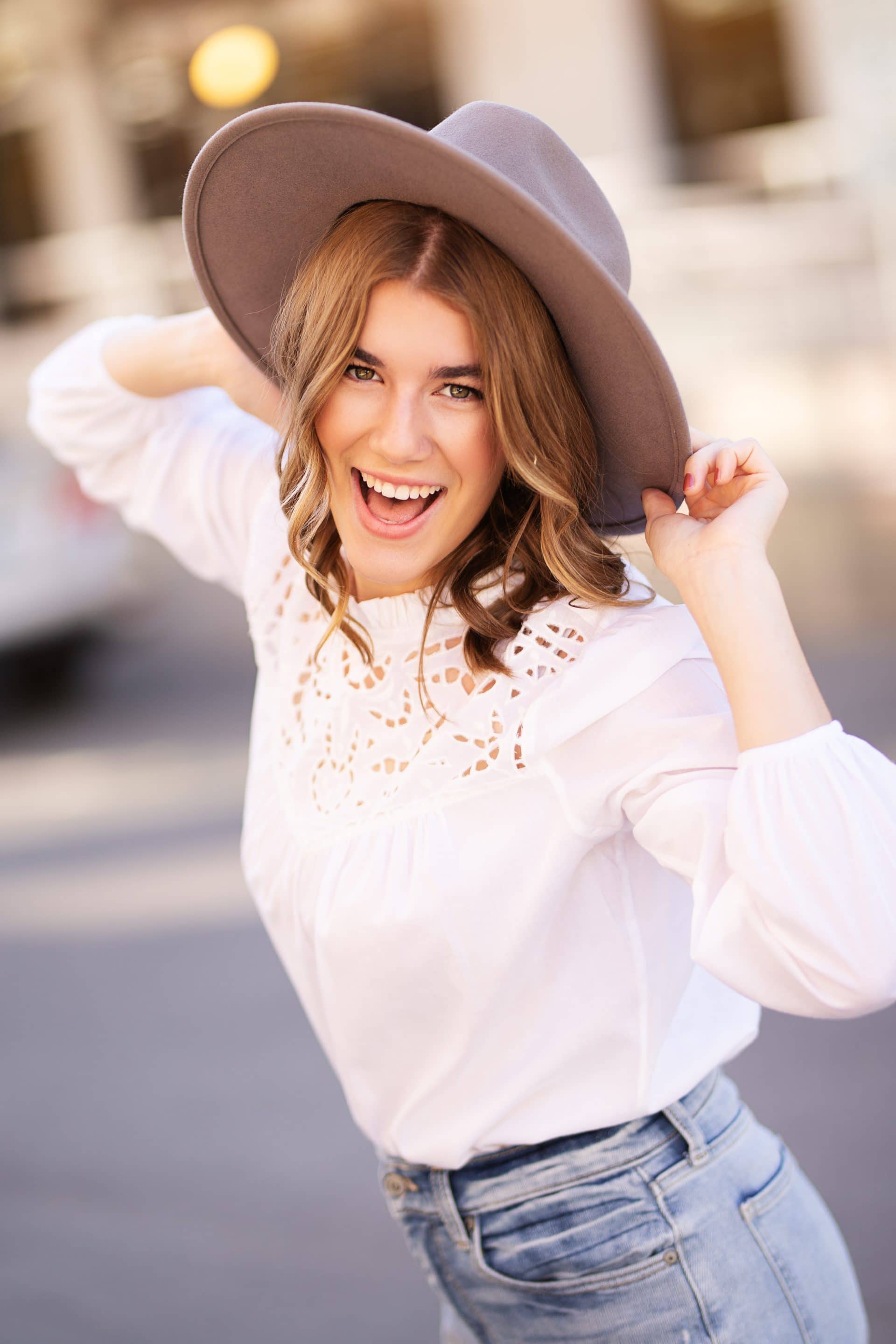Tips to be a photographer
As a photographer, understanding the different composition techniques is crucial to creating captivating and memorable photos. In this blog post, we’ll explore some of the essential composition techniques every photographer should know to take their photography skills to the next level. Whether you’re just starting or have been in the game for a while, these tips will help you improve your photography and create stunning images that truly stand out. Here you will learn tips to be a photographer.
Composition Techniques Every Photographer Should Know
Composition techniques are essential for any photographer to create visually stunning images. Understanding the rule of thirds can help in creating balanced and realistic compositions, while using leading lines and diagonals can add depth and perspective. Framing and cropping are useful tools to draw focus on specific subjects, whereas foreground, middle ground, and background help create layers in an image.
Understanding composition techniques is essential for any photographer to create visually stunning images. Did you know that using leading lines and diagonals can add depth and perspective to your photos?
Color and contrast bring vibrancy to photographs, while texture and patterns add interest. Depth of field is another important tool that can be used to blur backgrounds or keep everything in focus. Learning how to use lighting effectively is crucial as well – experimenting with angles during golden hour or incorporating shadows into portraits can elevate a photo from good to great.
Finally, it’s important not only to practice these techniques but also receive feedback through critique sessions. Don’t be afraid of breaking the rules either; sometimes overexposing or underexposing deliberately can create unique effects in editing later on. By mastering these composition techniques with dedicated learning and practice along with using high-quality gear will make you stand out as a professional photographer who knows their craft inside-out! These are just a few tips to be a photographer.
Understanding the Rule of Thirds
Placing your subject on the intersection points of the Rule of Thirds grid can create a more dynamic and visually appealing composition. Use the gridlines to align other elements in your frame, such as leading lines or horizon lines, to balance out your shot. Creating depth and balance in your compositions takes practice and experimentation with camera settings such as aperture and exposure triangle.
Remember that understanding these techniques is just one part of being a photographer; editing, critique, gear selection and learning how to work with different subjects are all equally important aspects. The golden hour light may be optimal for portraits, but don’t be afraid to experiment with overexposing or using color edits for a more realistic or artistic effect. By incorporating these tips into your photography practice, you’ll quickly see an improvement in the quality of your compositions.
Balance and Symmetry –tips to be a photographer
Balance and Symmetry are crucial elements in photography composition. There are different types of symmetry, including horizontal, vertical, and radial symmetry, which can provide a sense of harmony and order to your images. However, it’s important to note that asymmetrical balance techniques can also create a dynamic image by breaking up the predictability. These are important tips to be a photographer.
Breaking the rules for a more dynamic image is another technique that photographers should be familiar with. By experimenting with camera settings like aperture or exposure time during golden hour or overexposing subjects deliberately while editing portraits compositionally; photographers can create realistic yet unique compositions that capture their subject’s essence.
In conclusion, learning about and practicing these balance and symmetry techniques will help you elevate your photography skills as well as critique others’ work objectively through attention to detail in light of color choices or gear preferences- allowing you to deliver professional-quality shots every time!
Leading Lines and Diagonals
Using natural lines in landscapes can add depth and structure to your compositions. Practice incorporating elements such as rivers, mountains, or tree lines into your shots to lead the viewer’s eye through the image. In urban settings, man-made lines such as roads or buildings can be used similarly to create a sense of direction and flow within the photo.
Diagonal placement is another technique that can add energy and interest to your shots. Try positioning subjects or strong focal points diagonally across the frame instead of centered for a more dynamic composition. Experiment with different camera settings like aperture and exposure time during golden hour lighting to capture realistic colors and tones.
Remember that composition techniques take practice and critique from others is valuable for improving editing skills. Don’t be afraid to overexpose or adjust color saturation in post-processing if it enhances your vision for the final product. With dedication and attention to detail, mastering leading lines and diagonals will elevate any photographer’s work.
Framing and Cropping
Framing and cropping are essential techniques that can help you improve the storytelling of your photos. Here are some more tips to be a photographer:
- Framing with doorways or windows:
- Use natural elements such as doors, windows, or arches to frame your subjects. This technique not only adds depth and context but also creates a sense of intimacy between the viewer and subject.
- Utilizing negative space for framing:
- Negative space is an excellent tool to create simple yet powerful compositions. Placing your subject in empty spaces allows it to stand out even more.
- Cropping to improve storytelling:
- Sometimes, less is more! Removing distracting elements through cropping can help you focus on what really matters.
By practicing these techniques, you will be able to develop a keen eye for composition while improving the overall quality of your photographs. Remember that every photo tells a story; it’s up to you how realistic or artistic it will be!
Foreground, Middle Ground, and Background
Layering elements is one of the most effective ways to create depth and give a realistic feel to your compositions. Separating subjects using distance variation and playing with perspective by placing objects in either foreground or background can also add visual interest to your photographs. Here are some tips for achieving this:
- Use leading lines or diagonals that guide the viewer’s eye through the different layers
- Experiment with aperture settings to control how much of the scene is in focus
- Take advantage of natural settings like hills, trees, or water bodies for creating separation between subjects
- Adjust camera height and angle to showcase different parts of a scene
Creating separation between foreground, middle ground and background allows you not only tell a story but gives more dimensionality too. This creates an illusion of three-dimensionality which makes it seem as though there are multiple planes within the same image plane.
Make sure you experiment regularly with these concepts so as to understand them well enough when executing your next perfect shot!
Color and Contrast
When it comes to color and contrast in photography, there are a few things every photographer should keep in mind. One technique is to play with the contrast between light and dark shades of the same color. This can add depth and dimensionality to your photos, making them more interesting to look at. Another tip is using colors that complement each other, which can create a visually appealing composition.
In addition, adjusting contrast when taking pictures can make all the difference. Overexpose or underexpose certain areas of your photo strategically for an intentional effect. While editing later on allows you to tweak these settings too – such as adjusting aperture for greater control over depth of field – practicing good habits while shooting will give you realistic compositions that require less critique during editing. Don’t forget about golden hour lighting either; this natural light provides ideal contrasts that will elevate any portraits or subjects you photograph!
Texture and Patterns
Highlight texture through lighting conditions. Playing with the shadows and highlights on a textured surface can add depth and interest to your photo. Experimenting with different angles of light, such as backlight or side-light, can bring out unique textures that might not be visible in flat lighting.
Repetition is key- find patterns like brick wall or leaves. When shooting patterns, repetition is key for creating visual interest. Look for textures that repeat in interesting ways; these could be man-made structures like brick walls or natural elements like leaves on a tree.
Emphasize details through macro photography. Macro photography allows you to capture intricate details of textures up close. By using a lens capable of extreme close-up shots, you can showcase the fine details of subjects ranging from flower petals to fabrics.
Other possible words: techniques, enhance
Depth and Perspective
Depth and perspective are crucial elements in photography that can take an image from ordinary to extraordinary. To create a sense of depth, experiment with different camera settings such as aperture and exposure. The golden hour, when the sun is low on the horizon, provides warm light that adds depth and dimensionality to portraits.
In addition to camera settings, composition plays a significant role in creating depth and perspective. Avoid overexposing your subjects by paying attention to color contrast and using negative space effectively. Don’t forget about foreground, middle ground, and background – composing each element carefully can add layers of interest to your images. Finally, practice editing techniques such as cropping or adjusting shadows for a more realistic interpretation of your compositions.
Lighting and Shadows
Lighting and shadows are crucial elements in photography that can make or break a shot. To create realistic portraits, learning to control lighting is essential. Practice adjusting camera settings such as exposure and aperture to balance the amount of light entering the lens. During golden hour, when the sun is low on the horizon, subjects can be bathed in warm tones that add depth and emotion to your compositions.
When capturing shadows, remember not to overexpose them – they provide necessary contrast and shape in an image. Editing software allows you to adjust color levels within an image for better detail in both bright highlights and dark shadows. Critique your own compositions by analyzing how lighting affects your subject’s features or sets a mood for the scene you want to convey.
Overall, mastering lighting techniques requires both gear knowledge and practice shooting at different times of day with varying light sources. Keep experimenting with angles, settings, subjects (especially those with interesting textures), foregrounds/backgrounds until you feel comfortable creating images worthy of sharing proudly!
Experimenting with angles and perspectives
Experimenting with angles and perspectives is key to creating stunning compositions that stand out. By changing your position or trying out different camera settings, you can capture unique and interesting shots. One way to experiment with angles is by getting low to the ground or shooting from a high vantage point. This can add depth and interest to your photos while also highlighting specific elements of your subject.
Another technique for experimenting with perspective is through the use of Golden Hour lighting, which provides a soft, warm glow perfect for portraits or landscapes. Additionally, don’t be afraid to overexpose or underexpose shots in order to create more realistic compositions that showcase light and shadow in creative ways. With practice and critique from others, you’ll be able to master these techniques and take your photography skills to new heights!
Using Negative Space
In photography, minimalism is key. Negative space can be used to create balance and harmony within a composition. By utilizing whitespace in graphic design-inspired compositions, photographers can make their images feel more modern and clean. Negative space can also add mood or emotion to an image by emphasizing the subject or creating a sense of isolation.
When using negative space, it’s important to pay attention to camera settings such as aperture and exposure. The golden hour is a great time for portraits because the light is softer and warmer which creates a more realistic tone for skin tones. Practice editing techniques that will help bring out the full potential of your composition such as overexposing or underexposing certain parts of the image as well as adjusting colors.
Remember that critique plays an important role in learning how to use negative space effectively; getting feedback from other photographers helps you see things from different perspectives when composing your shots. With some practice using these tips on leveraging negative space, any photographer can drastically improve their compositions and create stunning visuals with ease!
Leveraging Depth of Field
Leveraging depth of field is a powerful technique that can enhance the impact of your photographs. By controlling the aperture settings on your camera, you can create a shallow or deep focus effect to emphasize specific subjects and blur out distracting elements in the background. To master this technique, it’s important to understand how aperture works and experiment with different settings during practice shoots.
To achieve realistic portraits with eye-catching compositions, it’s essential to learn how to adjust your camera settings for optimal exposure and depth of field. The golden hour provides ideal natural lighting conditions for capturing stunning shots with warm colors and soft shadows. Critiquing your own work and seeking feedback from other photographers can also help refine your skills in leveraging depth of field effectively. With consistent practice, attention to detail, and creativity in editing strategies like overexposure or color correction techniques – you’ll be able to capture breathtaking photos that leave an impression on viewers’ minds!
Capturing Movement –tips to be a photographer
To capture movement in photography, there are a few techniques that every photographer should know. One of the most commonly used methods is freezing action by adjusting shutter speed. A fast shutter speed can stop motion and create sharp images, while slower speeds can result in motion blur for a creative effect.
Another technique to capture movement is panning. This involves following a moving subject with your camera and using a slow shutter speed to keep the subject in focus while creating blurred background elements that convey motion. It takes practice and patience but can produce captivating results. These are all great tips to be a photographer.
Lastly, editing plays an important role in capturing movement realistically or artistically according to your vision. Experimenting with camera settings such as exposure triangle (aperture, ISO, Shutter Speed) during shooting will help you get underexposed or overexpose shots which you may later experiment on during post-processing; it’s all about learning how much room do you have when working on raw files before losing details due to excessive processing.
By mastering these techniques along with good composition skills like leading lines and foreground-background compositions one can create stunning portraits or candid moments especially during golden hour lighting conditions for better contrast range between shadows and highlights giving the image more depth overall. Don’t forget to take critiques from peers who share similar interest as this helps improve compositions through constructive criticism helping photographers stand out from others making their art unique!
Breaking the Rules
Breaking the rules can be a great way to add creativity and interest to your photography. While it’s important to learn the fundamentals of composition, exposure, and camera settings, sometimes breaking these rules can produce stunning results. For example, overexposing a portrait during golden hour can create a dreamy and ethereal effect. Experimenting with unconventional angles or compositions can also lead to unique and compelling images.
However, it’s important to approach rule-breaking in a thoughtful and intentional way. It’s essential to have an understanding of the fundamental principles before pushing boundaries. After all, you must know how to compose an image properly before intentionally breaking those compositional rules for artistic effect. Additionally, keep in mind that while breaking some rules might work well for one subject or setting, they may not work for others – always take into consideration what will best serve your particular subjects when choosing which “rules” you want to bend or break. Need more tips to be a photographer? Check this out.
Want to learn more about the different photo sessions you can offer? Check out our blog about mini sessions.
Start Your 14 Day Free Trial
No credit card required!









Recent Comments